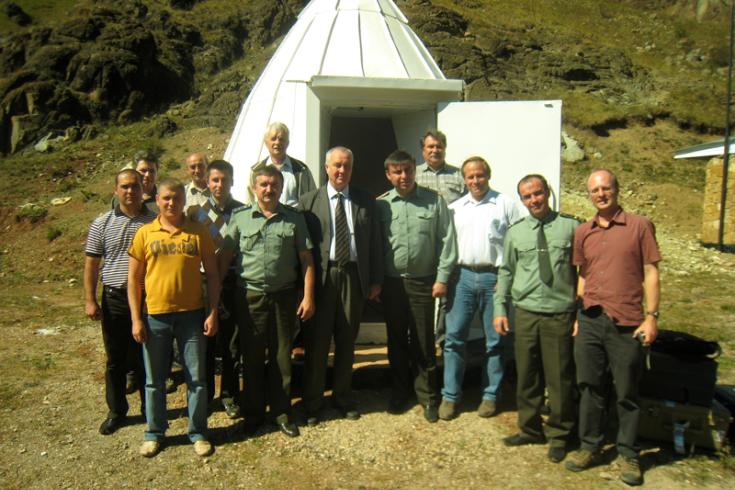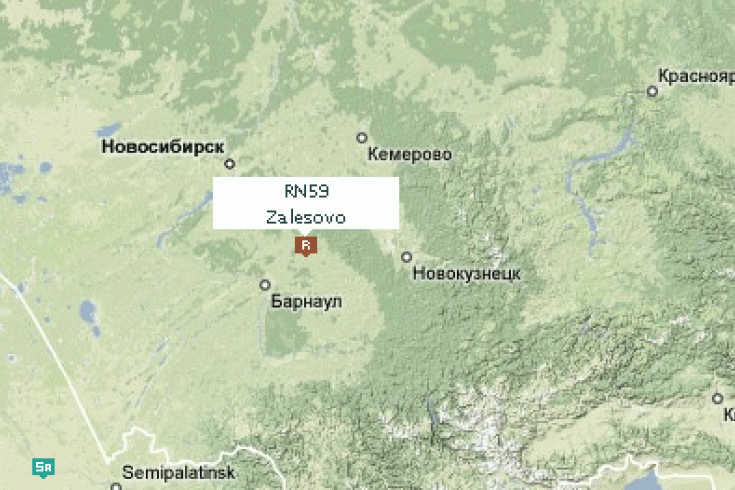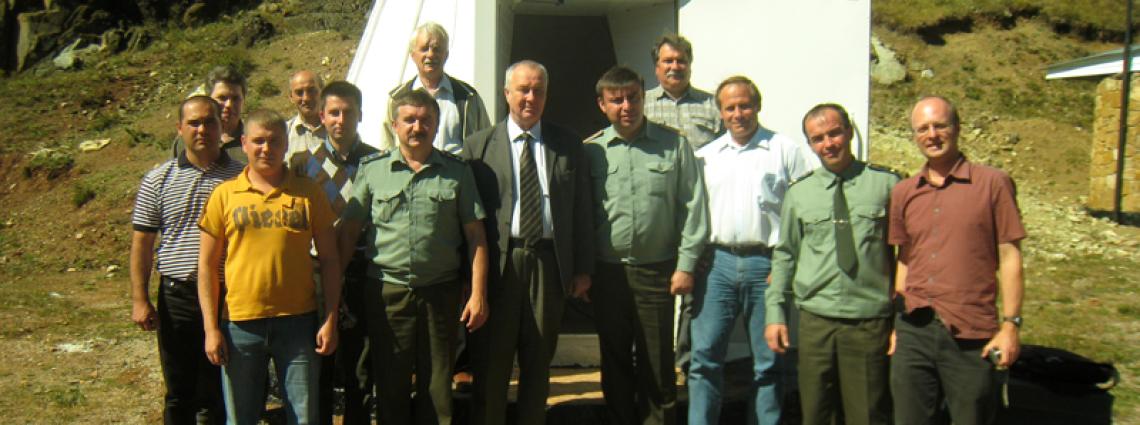The Russian Federation's support for the Comprehensive Nuclear-Test-Ban Treaty

Installation team outside the equipment enclosure at station PS32.
Radionuclide monitoring - the “smoking gun”

Lowering of the seismometer into the borehole at PS37.
Several radionuclide stations certified over recent months

Radionuclide station RN59 in Zalesovo, Russian Federation
Signing of Facility Agreement
Installation of more stations completed
Russian Federation’s close involvement with the CTBT
14 Oct 2008
